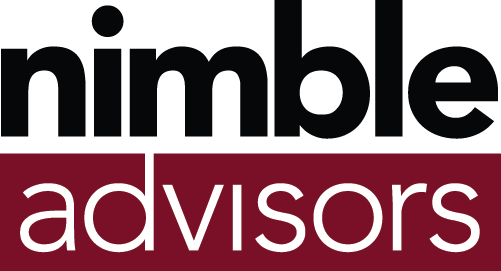The EEO-1 Report: What You Need to Know for 2023
The EEO-1 Report is a mandatory annual survey that collects data on the race, ethnicity, gender and job category of employees in certain private-sector employers and federal contractors. The purpose of the report is to help the EEOC and other federal agencies enforce civil rights laws and monitor employment trends.
However, the EEO-1 reporting deadline has become a moving target, so covered employers need to sharpen their data collection and be ready to upload. The U.S. Equal Employment Opportunity Commission (EEOC) recently announced that the collection window will open in “mid-July” 2023, not April, as initially scheduled.
Who is required to complete the EEO-1 Report?
The EEO-1 Report applies to employers with 100 or more employees and federal contractors with 50 or more employees and contracts of $50,000 or more. These employers must file a report for each establishment (physical location) where they do business.
What are the categories for completing the EEO-1 form within compliance?
The EEO-1 form requires employers to classify their employees into 10 job categories: executive/senior-level officials and managers; first/mid-level officials and managers; professionals; technicians; sales workers; administrative support workers; craft workers; operatives; laborers and helpers; and service workers.
Within each job category, employers must report the number of employees by race/ethnicity and gender. The EEOC recognizes seven race/ethnicity groups: Hispanic or Latino; White (Not Hispanic or Latino); Black or African American (Not Hispanic or Latino); Native Hawaiian or Other Pacific Islander (Not Hispanic or Latino); Asian (Not Hispanic or Latino); American Indian or Alaska Native (Not Hispanic or Latino); and Two or More Races (Not Hispanic or Latino).
How should you handle the transgender reporting?
The EEOC does not have a specific category for transgender employees on the EEO-1 form. However, the EEOC advises employers to report employees based on their gender identity, not their biological sex. This means that employers should respect the self-identification of their transgender employees and report them according to the gender they identify with.
What are the changes to complete the requirements of the EEO-1 reporting?
In addition to the standard EEO-1 form (Component 1), the EEOC also requires certain employers to submit pay data (Component 2) for calendar years 2017 and 2018. This data includes the total hours worked and the W-2 wages of employees by race/ethnicity, gender and pay band within each job category.
The EEOC has not yet announced whether it will collect Component 2 data for future years. However, employers should be prepared to comply with any future requests from the EEOC regarding pay data.
The EEO-1 reporting process can be complex and time-consuming, but it is also an important tool for promoting equal opportunity in the workplace. Employers should review their data collection methods, update their employee records, and consult with legal counsel if they have any questions or concerns about their EEO-1 obligations.

